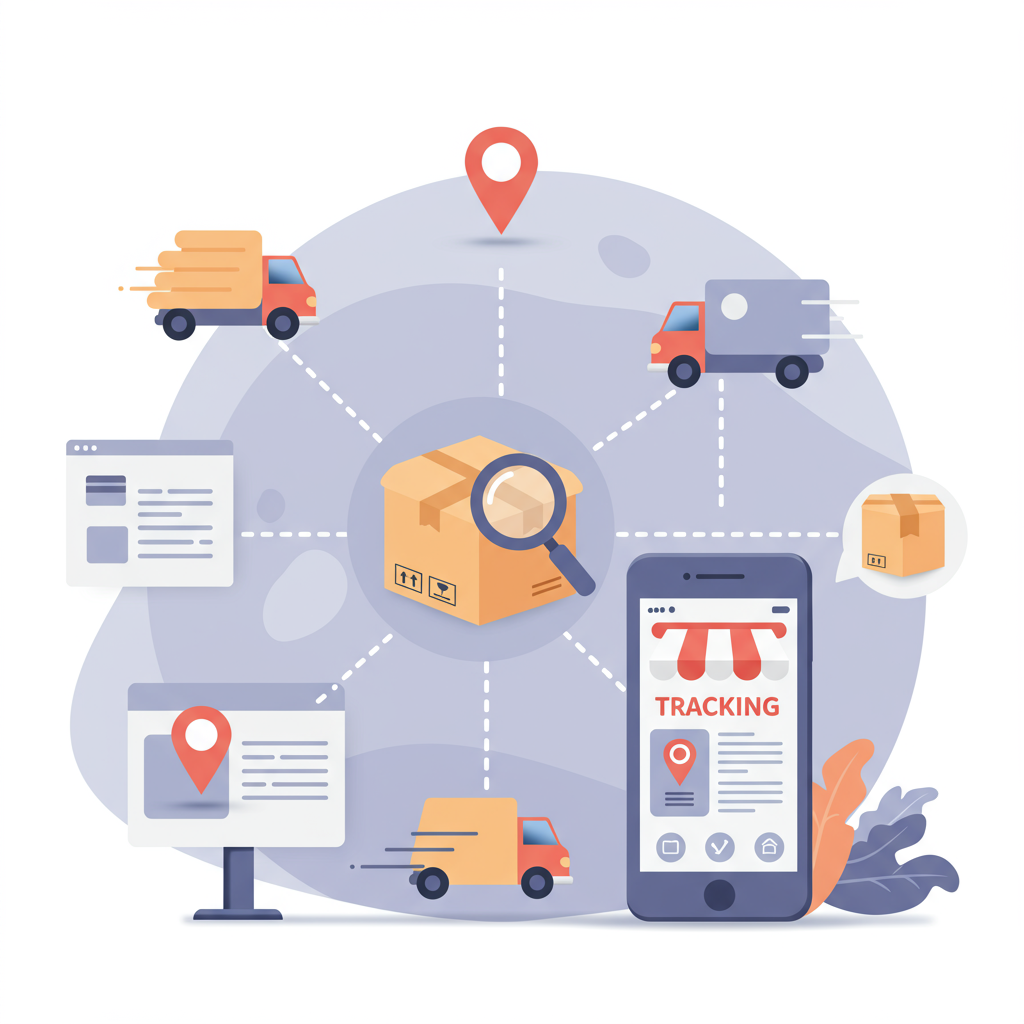Discover how robust order tracking integrations can transform your Shopify store, reduce customer inquiries, and build lasting loyalty.
As a Shopify merchant, I know firsthand the challenges and rewards of running an online store. One area that consistently impacts customer satisfaction, and frankly, my own peace of mind, is order tracking.
It’s not just about getting a product from point A to point B; it’s about transparency, communication, and managing customer expectations.
Think about it: once a customer clicks ‘buy,’ their next thought is often, ‘Where’s my order?’
Without clear, accessible tracking information, that simple question can quickly escalate into a flood of ‘Where Is My Order?’ (WISMO) emails and calls to your support team.
This isn’t just an inconvenience; it’s a drain on your resources and a potential source of customer frustration.
That’s why I’ve spent time exploring and implementing various order tracking solutions for my own Shopify ventures, and I want to share what I’ve learned with you.
Shopify, by default, offers a basic level of order tracking. When you fulfill an order and add a tracking number, Shopify automatically generates a tracking link on the order status page.
Customers also receive an email with this link. It’s a good starting point, but it often links directly to the carrier’s website, which can be a disjointed experience.
The carrier’s page might not be branded, it might contain ads, or it might simply be difficult for your customer to navigate.
This is where integrating a more sophisticated order tracking solution comes into play. It allows you to take control of the post-purchase experience.
The primary goal is to provide a seamless, branded tracking experience directly on your store, keeping customers engaged with your brand even after they’ve made a purchase.
There are generally two main approaches to enhancing your Shopify order tracking: using third-party tracking apps or, for larger operations, custom integrations.
Third-party tracking apps are by far the most popular and accessible option for most Shopify merchants.
These apps, like AfterShip, Route, or ParcelPanel, act as aggregators. They connect with hundreds of different shipping carriers worldwide.
This means whether you’re shipping with USPS, FedEx, DHL, UPS, or a regional carrier, these apps can pull tracking data into a single, unified platform.
A key feature of these apps is the branded tracking page. Instead of sending customers to a generic carrier site, they’re directed to a page on your Shopify store.
This page is customized with your logo, colors, and even marketing messages, reinforcing your brand identity at every touchpoint.
Many of these solutions also offer proactive notification features. This means you can automatically send email or SMS updates to customers at various stages of their delivery.
Imagine sending an alert when the package is out for delivery, or if there’s a delay. This level of communication drastically reduces WISMO inquiries.
When choosing a tracking app, I always look for multi-carrier support, customizable branded pages, automated notifications, and clear analytics.
Analytics can show you delivery times, common issues, and even help identify problematic shipping lanes or carriers.
Another crucial aspect is delivery exception management. If a package is delayed, lost, or returned to sender, a good tracking solution will flag this.
This allows you to be proactive in resolving issues, often before the customer even realizes there’s a problem.
For larger enterprises or those with very specific, complex logistics, a custom integration might be considered.
This involves directly integrating with carrier APIs or building a bespoke system, offering ultimate control but requiring significant development resources.
However, for the vast majority of Shopify merchants, a robust third-party app provides all the necessary functionality without the overhead.
Implementing one of these solutions is typically straightforward: install the app from the Shopify App Store, connect your shipping carriers, customize your tracking page, and set up your notification preferences.
Then, simply ensure your order fulfillment process includes adding the tracking number, and the app takes care of the rest.
The benefits extend beyond just reducing support tickets. Enhanced tracking builds trust and transparency with your customers.
It shows them you care about their order even after the sale, fostering a sense of reliability and professionalism.
This positive post-purchase experience can significantly increase customer satisfaction, leading to repeat purchases and positive reviews.
It transforms a potentially anxious waiting period into an engaging brand interaction.
So, what do you think about the importance of order tracking for your Shopify store? Have you implemented any solutions?
In my experience, investing in a solid order tracking integration is not an expense; it’s an investment in customer loyalty and operational efficiency.
It frees up your support team to focus on more complex issues, rather than constantly answering ‘Where’s my order?’ questions.
Ultimately, a seamless order tracking experience is a cornerstone of modern e-commerce, ensuring your customers feel informed, valued, and eager to shop with you again.
It’s about turning a logistical necessity into a powerful tool for brand building and customer retention.
Make sure your Shopify store is equipped to provide this essential service, and watch your customer satisfaction soar.






